#todayintokyo
Note
Hello! I just saw your post about the conference. I know it's very niche, but I'd love to hear / read more about your sangaku presentation. I actually went back to Konnō Hachiman-gū this afternoon, hoping to see more examples, but no such luck. (I cannot decipher them, of course, but I taught English at a faculty of engineering, and my students could. Sometimes. )
I'll put together something about the shrine, but どうぞお先に。Nudge nudge hint hint.
Hi, thanks for the message!
The presentation was in two main parts: first the historical context of the Edo period and function of sangaku in developing mathematics during that time, and second a closer look at Kashihara Miminashi Yamaguchi-jinja's example with a modern solution. I can't read the sangaku in full, but I have been able to pick out the parts with numbers and compare some of their results with the formulas.
I can probably put together a mini-series at some point. Which parts would you want to hear more about? (That's a general question btw: anyone can reply and add the conversation of course.)
36 notes
·
View notes
Photo

11 March 2023. Japanese white-eye on a sakura tree in Tokyo, Japan 🌸
#Japan#Tokyo#sakura#spring2023#pink#cherry blossoms#naturelover#todayintokyo#birdwatching#picoftheday#Япония#Токио#сакура#природа#さくら#メジロ#東京
198 notes
·
View notes
Note
Are we also allowed to geek out over miniature trains? I don't mean toys; I mean rideable miniature railways. We're not too grown-up for that, are we? Depending on your answer, I just might...
I'm not knowledgeable in that area, but they can be fun, and I'm guessing Japan has some with really neat details, so go for it!
Though that does remind me of a quirk I saw on Japanese maps: aren't theme park rides technically railways? I'll leave the question there for now, double-check things and might write a short piece about it.
22 notes
·
View notes
Text

Fancy brunch at a rare place in Tokyo that has REAL BACON! Which is on the right: the left is smoked salmon. With kale, which we also can’t really get! And I didn’t even know salmon benny was a thing!
Everything was so delicious I actually left kind of mad about it somehow. Is that a legitimate emotion? When I got home and my husband asked how it was, I actually sighed in frustration and said, “Fucking amazing 😤 Is that what you wanted to hear?” Whatever that means.
Anyway, I love you, Woodberry Coffee! Next time, please be a little cheaper and stay open a little later!
#i paid ¥160 the other day for 4 hand-sized leaves of kale#and i considered it a VERY good deal#life in tokyo#breakfast#brunch#oh! todayintokyo if you see this#the 'real bacon' verdict was passed both by american me#and by my british dining companion#so :)
44 notes
·
View notes
Text

#realised I hadn’t shown off my girl in a while#so please enjoy this photo I took last night#a cat for your troubles @todayintokyo
43 notes
·
View notes
Text
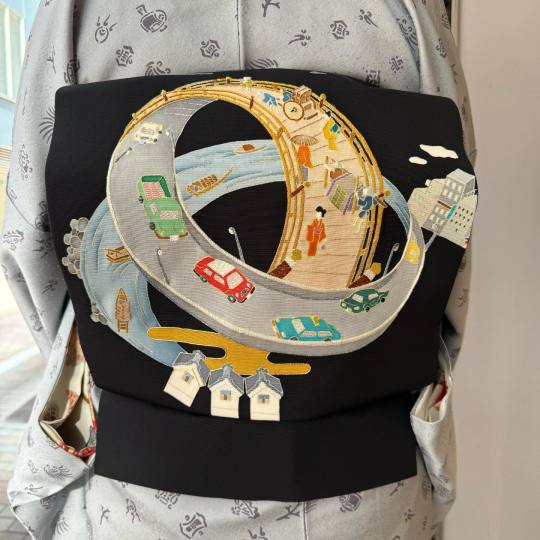
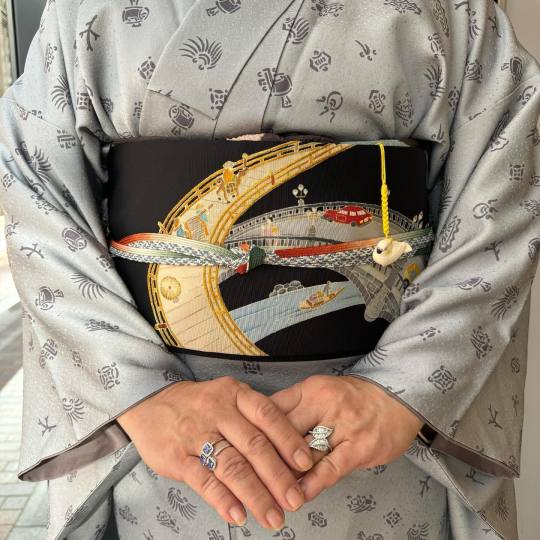


Super fun design for this obi depicting past and present Nihonbashi as an infinite swirling roadway/waterway. I love how design mixes Edo-era bridge and river, with the far more modern Tokyo expressway!
A fitting design for you @todayintokyo don't you think ;)?
611 notes
·
View notes
Text
@todayintokyo thanks for sending me snow😊
63 notes
·
View notes
Text





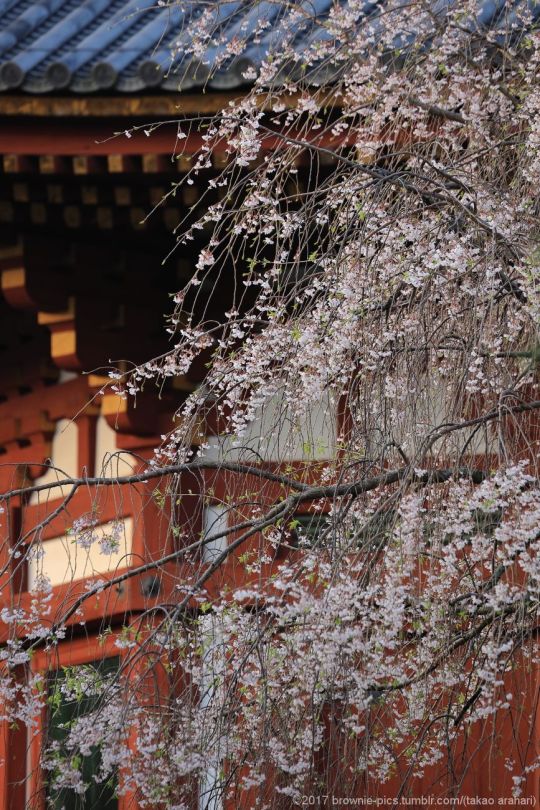


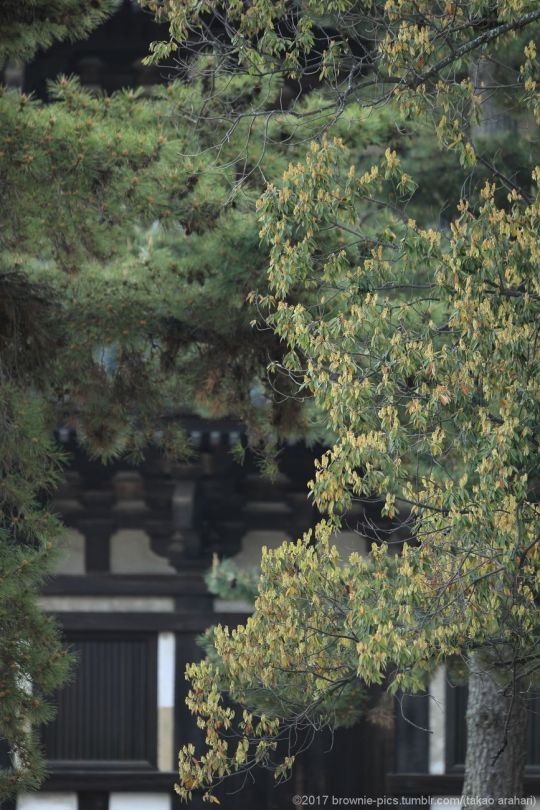


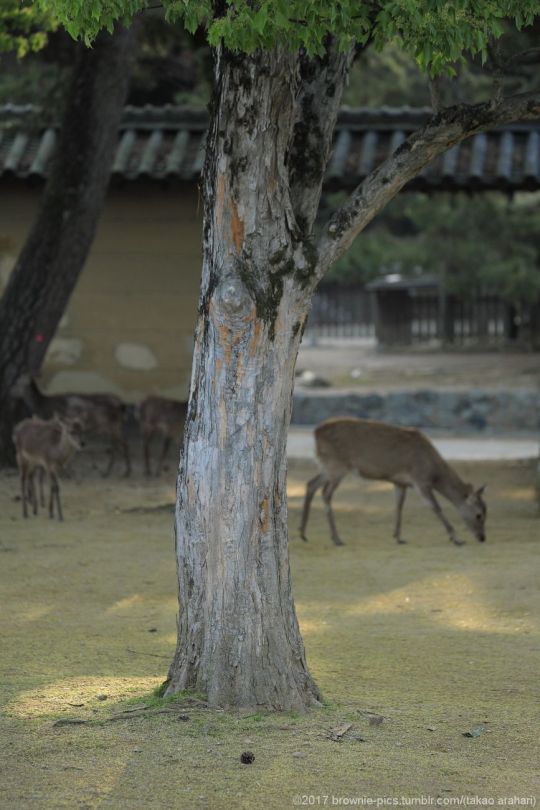
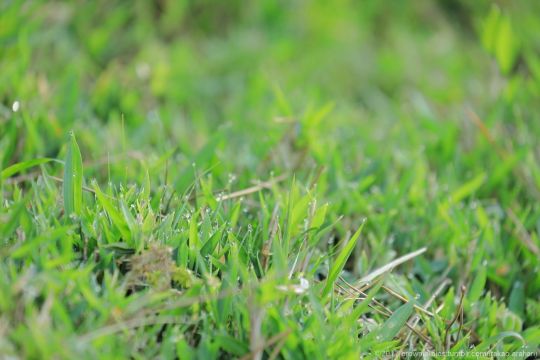
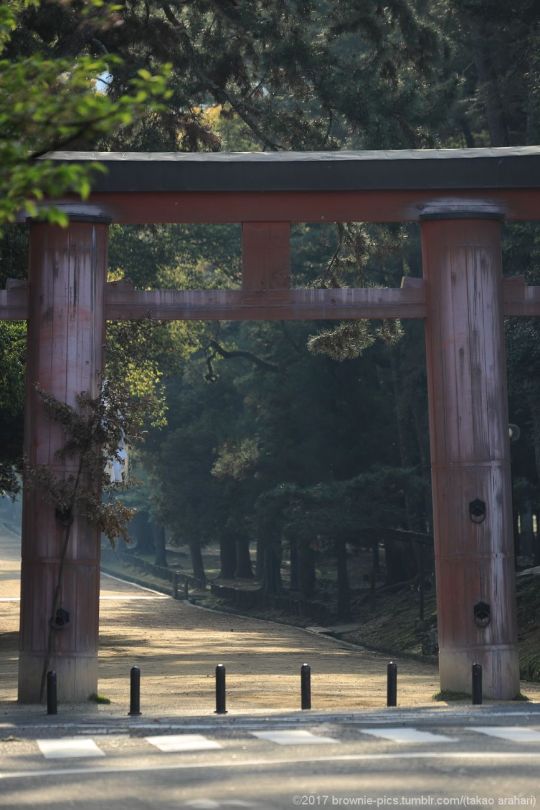
'23.4.11 興福寺、春日大社参道にて
・・今シーズンの初藤です。最盛期が過ぎた桜写真のストックも、質はともかく量だけは沢山あるのですが、先日 @todayintokyo さんが去年の初藤を撮った投稿を再リブログしてくれまして、「また待ってます😉💜」なんてメッセージも付けてくれたこともあったんで、行ってきましたw・・という訳で、お蔵の桜はいったんすっ飛ばして速報です😉。
今年は興福寺から。南円堂前の藤棚は咲き始めていました。境内には遅咲きの八重桜や枝垂れ桜もまだ花を残してくれていて、紫・ピンク・白と訪れた者の目を楽しませてくれます。公園内の藤の花は、場所にもよりますが次の日曜~4月下旬頃が見頃かなぁといった感じです。今年も例年より早めに咲きそうですね。
興福寺を後にして、砂ずりの藤はどんなもんじゃろかと春日さんへ向かいます。・・一之鳥居が見えてきました(続く・・かな?)
#奈良#nara#日本#japan#奈良公園#nara park#興福寺#kohfukuji temple#藤#wisteria flowers#桜#cherry blossoms#春日大社#kasuga tasiha shrine#photographers on tumblr#natgeoyourshot
315 notes
·
View notes
Text
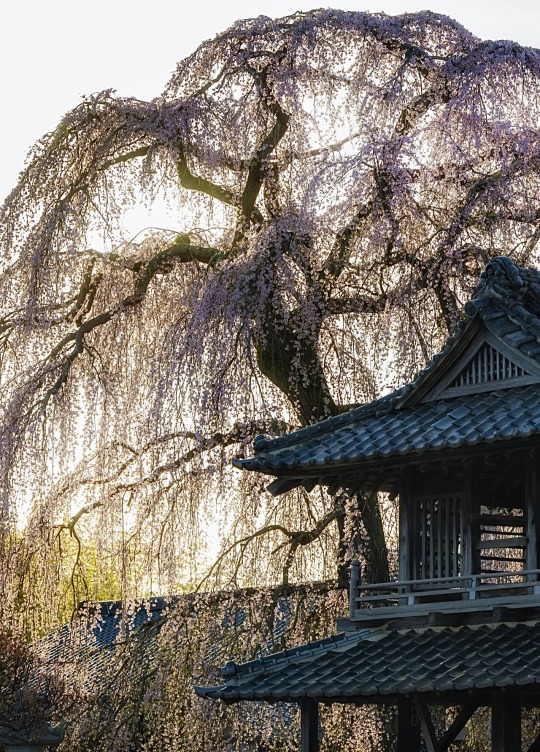
@thekimonogallery via @todayintokyo
-
Stay cozy.
@soft-homestyle
7 notes
·
View notes
Text



Jizō is one of Japan’s best-loved figures. Often appearing in statues as a monk, Jizō is a bodhisattva, dedicated to easing the sufferings of all beings, and is particularly associated with protecting children.
thnx todayintokyo
https://www.nippon.com/en/japan-data/h01680/
https://mymodernmet.com/otagi-nenbutsu-ji-temple-rakan-sculptures
8 notes
·
View notes
Text
Tagged implicitly by @todayintokyo because I survived season 2 and all I got was this lousy tshirt
Last song: a bit on the nose, but “Good Old Fashioned Lover Boy” lmao
Currently watching: just finished Good Omens 2, thinking about finishing SpyxFamily because I think I forgot there’s like one or two episodes left
Currently reading: fan fiction to cope desperately trying to talk myself into reading some stuff for work but too bored by the idea, trying to read Gideon the Ninth
Current obsession: my Kickstarter and my broken A/C TOTK, still!
I tag @arrispect @dianapocalypse @jalules @rabbut and @goodluckjoy should you choose to play along!
6 notes
·
View notes
Text

I posted 891 times in 2022
That's 114 more posts than 2021!
92 posts created (10%)
799 posts reblogged (90%)
Blogs I reblogged the most:
@ohitoyoshi
@todayintokyo
@warau-okami
@tokidokitokyo
@onigiriforears
I tagged 890 of my posts in 2022
#写真 - 261 posts
#vocab - 138 posts
#絵 - 130 posts
#sasha.txt - 122 posts
#冗談 - 62 posts
#langblr - 61 posts
#grammar - 52 posts
#japanese - 43 posts
#phrases - 41 posts
#芸術 - 36 posts
Longest Tag: 49 characters
#へへこういうことを読んだのは初めてだけど彼氏とハイキングに��ったことがあってめっちゃ楽しかった:)
My Top Posts in 2022:
#5

風物詩(ふうぶつし) = signs of the season
when you think of your favorite season, what comes to mind? is it seeing cardinals in a snowy winter scene? maybe it’s when the 桜(さくら, cherry blossoms) bloom in march or the 紫陽花(あじさい, hydrangeas) bloom in june. in japanese, the word 風物詩 refers to things—events, objects, plants and animals, flavors and scents, even products—that evoke or are reminiscent of a certain season of the year. here’s weblio’s definition of 風物詩, plus an example:
その季節の感じをよく表しているもの。「金魚売りは夏の風物詩」
here, 金魚売り(きんぎょうり, goldfish selling) is mentioned as a summertime 風物詩. there are also lots of examples on ja.wikipedia:
春(はる, spring)
See the full post
108 notes - Posted March 25, 2022
#4
「習う」と「学ぶ」の違いは何?
what’s the difference between these two verbs for “to learn”?
well, as it turns out, the difference has to do with how you learned the information you’re referring to—namely, whether you learned from another person or not. check out this explanation from a hinative thread:
習う・・・人から教わる(おそわる)こと / to be taught by someone
学ぶ・・・知識や技芸を身につけること / to acquire some knowledge or skill
学ぶには、学習する、勉強するという意味もあります / 学ぶ can also mean to 学習する or 勉強する.
so, 習う is for things you learn from people and 学ぶ is for things you learn from books, etc., or as a synonym for studying. here are some examples (from the same hinative thread):
本を読んで英語を学びました。 (never 習いました)
ピアノを母から習いました。 (not 学びました)
example 1 specifies that the new information comes from a book, while example 2 specifies that it comes from the speaker’s mom. it seems like such a fundamental difference between the two, but i know i for one had never heard of it before!
anyways, i hope this quick little lesson was helpful. また今度ね!
156 notes - Posted February 27, 2022
#3
「大体」と「たいてい」の違いは何?
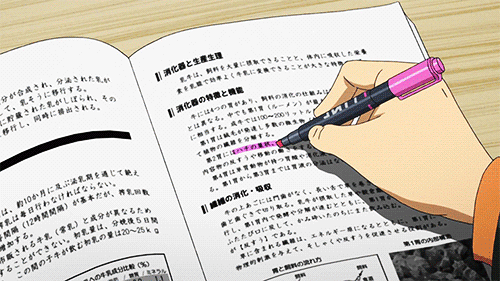
i recently posed this question to the seitokai discord and @onigiriforears came up with a lot of resources, so i thought i’d share what i learned! example sentences are adapted from jisho. 行くよ!
大体(だいたい) = roughly, approximately
this word is used in situations where you have to approximate or estimate something. it’s kind of similar to 約(やく) in that way.
大体正しいです。 = that’s mostly right.
大体わかる。 = i get the gist.
大体息子と同じ年齢です。 = he’s about the same age as my son.
大体準備ができた。 = everything is more or less ready.
See the full post
159 notes - Posted September 29, 2022
#2
how to form basic verbs in keigo / 敬語の動詞の形

n.b.: if you don’t know the difference between 尊敬語 (sonkeigo) and 謙譲語 (kenjougo), or much about 敬語 (keigo) in general, i recommend a quick google search or glancing over an article like this one! also, i won’t be glossing any kanji, bc i’m lazy ¯\_(ツ)_/¯
みなさん、お久しぶりですね! today i’m going to guide you guys through the verb forms for japanese 敬語. 敬語 can be pretty tricky, but the rules for forming 敬語 verbs (like many rules in japanese) are actually quite consistent.
there are three 尊敬語 (honorific) forms i’m going to go over today: the Vください form, the Vになります form, and the “simple 尊敬語” form. i’ll also give a brief list of verbs that have specific forms in 尊敬語. after that, i’ll go over one 謙譲語 (humble) form, the Vします form, and then a list of 謙譲語-specific verb forms. さて、行きましょう!
尊敬語:お・ごVください
this form is used to say “please” to a superior, but it doesn’t use the 〜て form like in 丁寧語. here’s how to form it with ichidan, godan, and する verbs.
ichidan/godan verbs: おVますください
かける → かけます → ソファにおかけください
入る → 入ります → どうぞお入りください
する verbs: ごNするください
注意する → 閉まるドアにご注意ください
尊敬語:おVになります
this form is used as a more formal replacement for the usual Vます form, but shouldn’t be used with する verbs* OR verbs that have special forms in 敬語 (see below).
ichidan/godan verbs: おVますになります
書く → 書きます → この教科書は鈴木先生がお書きになりました
帰る → 帰ります → 何時にお帰りになりましたか
する verbs: ❌*
❌ ご説明になりました*
⭕️ 説明なさいました・説明されました (see below)
*according to the textbook i’m using (see sources), these are incorrect. however, i have seen some posts online that say ごNになります is an acceptable form, so it’s not impossible you’ll see it in the wild (perhaps the times they are a-changing?).
尊敬語:簡単尊敬語 (aka the “active passive”)
have you ever seen a japanese verb in the passive and said to yourself, “actually that makes no sense at all”? it was probably one of these “simple 尊敬語” forms! they are used like the active voice but written like the passive, so you have to tell the difference from context. also, they are NOT used with ください.
ichidan verbs: Vないられます
食べる → 食べない → 刺身を食べられますか
godan verbs: Vないれます
読む → 読まない → 今朝の新聞を読まれましたか
する verbs: Nするされます
紹介する → 先生が新しい学生を紹介されました
ください form: ❌
❌ 英語で話されてください
See the full post
165 notes - Posted June 5, 2022
My #1 post of 2022
okami fun fact!

while all other characters in okami (as far as i know) are labeled with their canon names in issun’s paintings, shiranui is labeled NOT as 不知火 (shiranui) but as 初代 (shodai), which means “first era” or the “first one” in a line of something! it makes sense since he’s meant to be ammy from a hundred years ago.
in this painting above, ammy is labeled 天照 (amaterasu) and oki is labeled オキクルミ (okikurmi). also, issun appears to sign his paintings as 天道太子 一寸 (tentou taishi issun), meaning “celestial envoy issun.” while the homophone 大使 (taishi) means “ambassador,” which is closer in meaning to envoy, the okami devs have written it 太子, which usually means “crown prince.” maybe they chose to do that to emphasize issun’s tiny size using the character 子, which means “child,” along with 太, which can refer to the sun? honestly i’m not sure. or maybe issun has since appointed himself ammy’s earthly heir LOL 🪲👑
anyways, i just thought this was kinda interesting! if anyone knows any other examples of this, please feel free to add them on!! またね :)
289 notes - Posted July 2, 2022
Get your Tumblr 2022 Year in Review →
#lol at my best post being the okami post#the girls love okami ok it rules#langblr#tumblr2022#year in review#my 2022 tumblr year in review#your tumblr year in review#sasha.txt
6 notes
·
View notes
Photo
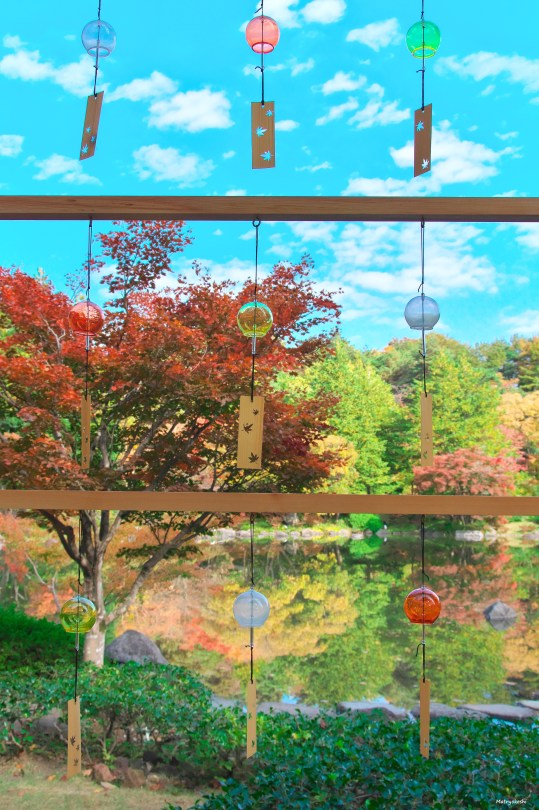
09 November 2022. Furin (Japanese wind bell) and autumn leaves in Tokyo, Japan 💓💓💓
#Japan#Tokyo#autumn#furin#Japanese wind bell#autumn leaves#Nippon#todayintokyo#view#colorful#Япония#Токио#осень#фурин#колокольчики#милота#風鈴#秋#東京#日本
312 notes
·
View notes
Text
When is a theme park attraction technically a railway?
I'm not going to make @todayintokyo wait too long on this, because the discussion isn't nearly as spectacular as the question makes it out. In fact, I may not have the exact answer. What I have is maps, and a geeky eye.
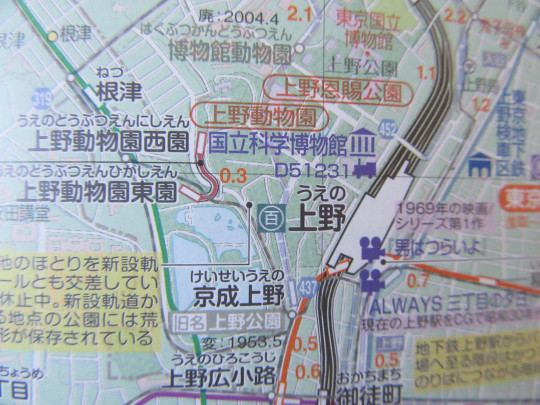
This is a railway map of Tokyo, specifically the area around Ueno. We see the massive Ueno station with the Tohoku and Yamanote lines in black, the underground Keisei terminal nearby, and on the left, the green line denotes the Chiyoda subway line. In between, there's this tiny line, just 0.3 km in length (less than a quarter of a mile).
It's the Ueno Zoo Monorail.
Or at least, it was: service ended in 2019 due to escalating maintenance costs. Point is: from a practical standpoint, this was a theme park attraction. And if it's on this map, that's because it was officially a railway. And it's not the only one.

On this map, seen in a timetable book, there's this loop just below Maihara station on the Keiyô line from Tokyo to Chiba. I actually passed Maihara on my last trip to Japan, and saw this myself (but unfortunately, just like Doctor Yellow, no time for photos).
That loop is the Tokyo Disney Resort Monorail.
And it's officially a railway.
And it's got its timetable published in the book! :O

So what makes these officially railways? I don't know for sure, whether it's down to the legal and technical definition of a railway and/or a railway operator, subjecting them to certain standards... What they have in common is that they are monorails, which technically falls under the railway umbrella (whereas, for example, ropeways don't), their purpose is transit albeit within the confines of a park or resort, and charge passengers a fare. Maybe that's all it is.
All I know is, the miniature railway discussion reminded me that I'd noticed that all materials listing or displaying railway lines in Japan will include the Disney Resort Line. It's as if railway maps of Germany included the Europa Park Express monorail.

Roller-coasters wouldn't be classed as railways as they don't provide transit as such (or not the kind we're talking about), and aren't held to transit standards. But, they are vehicles on steel rails, right?
¯\_(ツ)_/¯
#japan#railways#maybe#I dunno#what is railway?#tokyo#tokyo disneyland#ueno zoo#europa park#monorail#geeking out over trains#maybe a little overboard with this one#we'll try something easier in the next post#like a cool train line to travel on
5 notes
·
View notes
Text
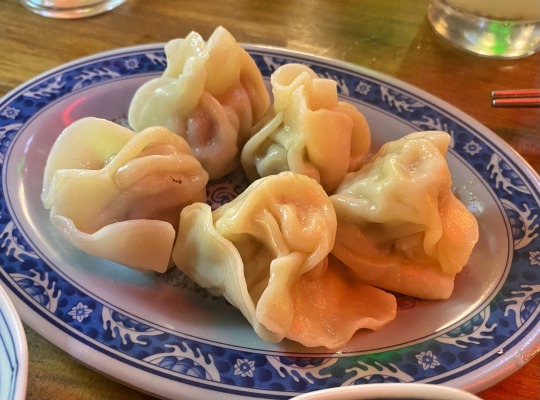


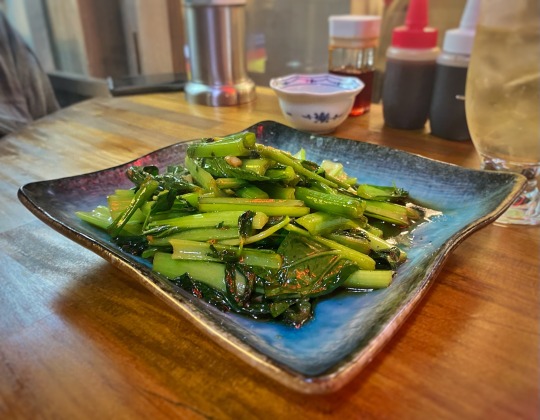


Boiled dumplings my beloved, menma bamboo shoots with peanuts and dried shrimp, garlicky greens in oyster sauce, the weirdest chili shrimp I’ve ever had, and delicious jipai (Taiwanese spiced fried chicken)
49 notes
·
View notes
Text

3 notes
·
View notes